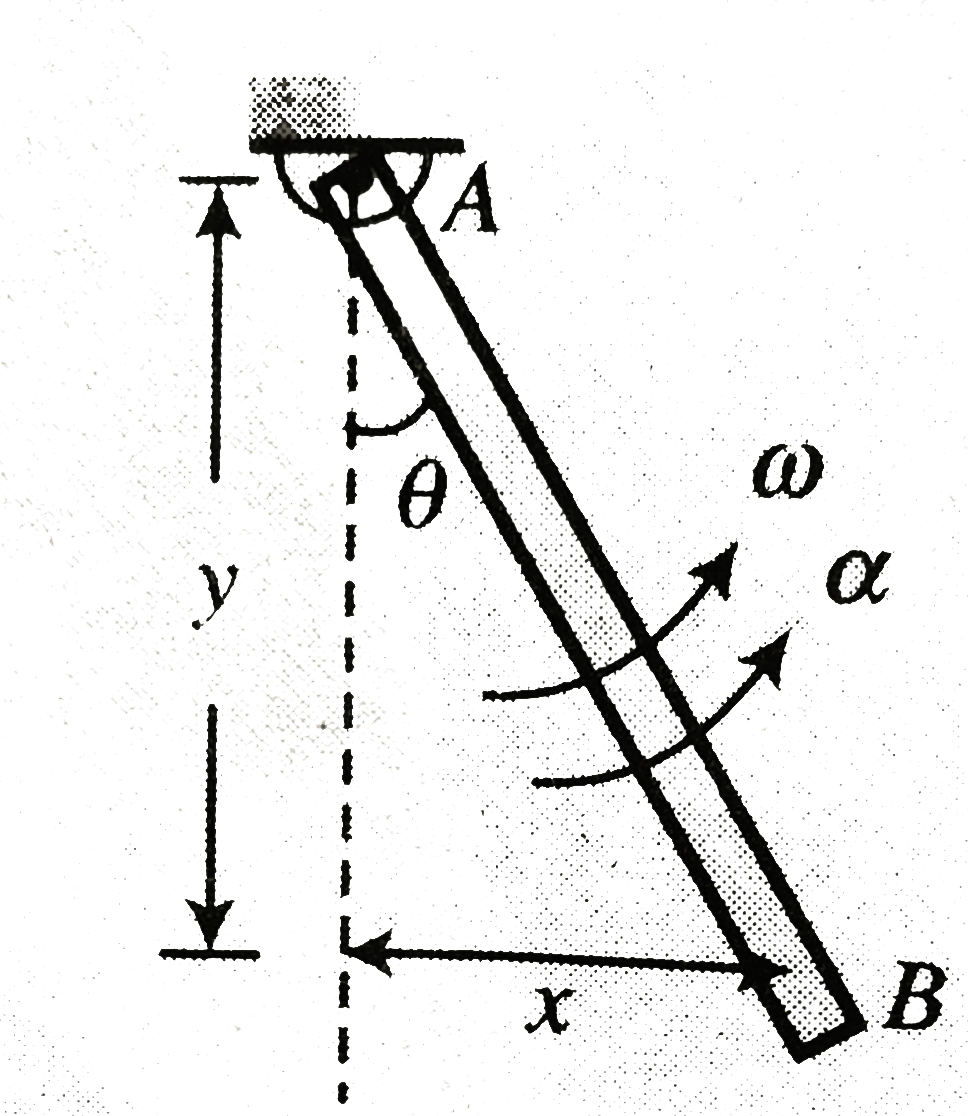Cones and rods are helpful respectively in
dimlight vision, colour vision
colour vision, dimlight vision
color vision only
dimlight vision only
The correct Answer is:B
Step-by-Step Solution:
1. Understanding the Question: The question asks about the functions of cones and rods in the human eye. We need to identify what each type of photoreceptor is responsible for.
2. Identifying Photoreceptors: There are two main types of photoreceptors in the retina: cones and rods.
3. Function of Rods: Rods are photoreceptors that are sensitive to low light levels. They enable vision in dim light conditions but do not detect color. Therefore, rods are primarily responsible for night vision or vision in low-light environments.
4. Function of Cones: Cones, on the other hand, are photoreceptors that function best in bright light. They are responsible for color vision and detail. Cones allow us to perceive different colors due to the presence of pigments such as iodopsin.
5. Conclusion: Based on the functions of rods and cones:
- Cones are responsible for color vision.
- Rods are responsible for dim light vision.
6. Selecting the Correct Option: Given the options provided:
- Option A: Dim light vision and color vision
- Option B: Color vision, dim light vision
- Option C: Color vision only
- Option D: Dim light vision only
The correct answer is Option B: Cones help in color vision, and rods help in dim light vision.
- Cones are responsible for color vision.
- Rods are responsible for dim light vision.
- Option A: Dim light vision and color vision
- Option B: Color vision, dim light vision
- Option C: Color vision only
- Option D: Dim light vision only
Topper's Solved these Questions
- STRUCTURAL ORGANISATION IN ANIMALSBOOK - AAKASH SERIESCHAPTER - STRUCTURAL ORGANISATION IN ANIMALSEXERCISE - EXERCISE-I (FROG)(REPRODUCTIVE SYSTEM)
13 Videos
- STRUCTURAL ORGANISATION IN ANIMALSBOOK - AAKASH SERIESCHAPTER - STRUCTURAL ORGANISATION IN ANIMALSEXERCISE - EXERCISE-II (EPITHELIAL TISSUE)
9 Videos
- STRUCTURAL ORGANISATION IN ANIMALSBOOK - AAKASH SERIESCHAPTER - STRUCTURAL ORGANISATION IN ANIMALSEXERCISE - EXERCISE-I (FROG)(EXCRETORY SYSTEM)
5 Videos
- STRATEGIES FOR ENHENCEMENT IN FOOD PRODUCTIONBOOK - AAKASH SERIESCHAPTER - STRATEGIES FOR ENHENCEMENT IN FOOD PRODUCTIONEXERCISE - EXERCISE-III
68 Videos
- THE LIVING WORLD BOOK - AAKASH SERIESCHAPTER - THE LIVING WORLD EXERCISE - EXERCISE-III (Previous AIPMT/NEET Questions)
12 Videos
Similar Questions
Rods and Cones
View SolutionTwo changes +q and -q are attached to the two end of a light rod of length L, as shown in figure . The system is given a velocity v perpendicular to magnetic force on the system of charges and magnitude of force on one charges by the rod , are respectively .

View SolutionA light rigid rod of length l is constrained to move in a vertical plane, so that its ends are along the x and y axes respectively. Find the instantaneous axis of rotation of the rod when it makes an angle θ with horizontal.

View SolutionThe angular velocity and angular acceleration of the pivoted rod are given as ω and α respectively. Fid the x and y components of acceleration of B.

View SolutionCornea and crystalline cone are secreted respectively by
View SolutionThe height and the slant height of a cone are 21 cm and 28 cm respectively. Find the volume of the cone
View SolutionThe radius of the base and the height of a right circular cone are 7 cm and 24 cm respectively. Find the volume and the total surface area of the cone.
View SolutionThe height and slant height of a cone are 12 cm and 13 cm respectively. Find its volume.
View SolutionIf the height and slant height of a cone are 21cm and 28cm respectively. Find its volume.
View SolutionA half metre rod is pivoted at the centre with two weights of 20 gf and 12 gf suspended at a perpendicular distance of 6 cm and 10 cm from the pivot respectively as shown below:

Is the rod in equilibrium ?
View Solution
